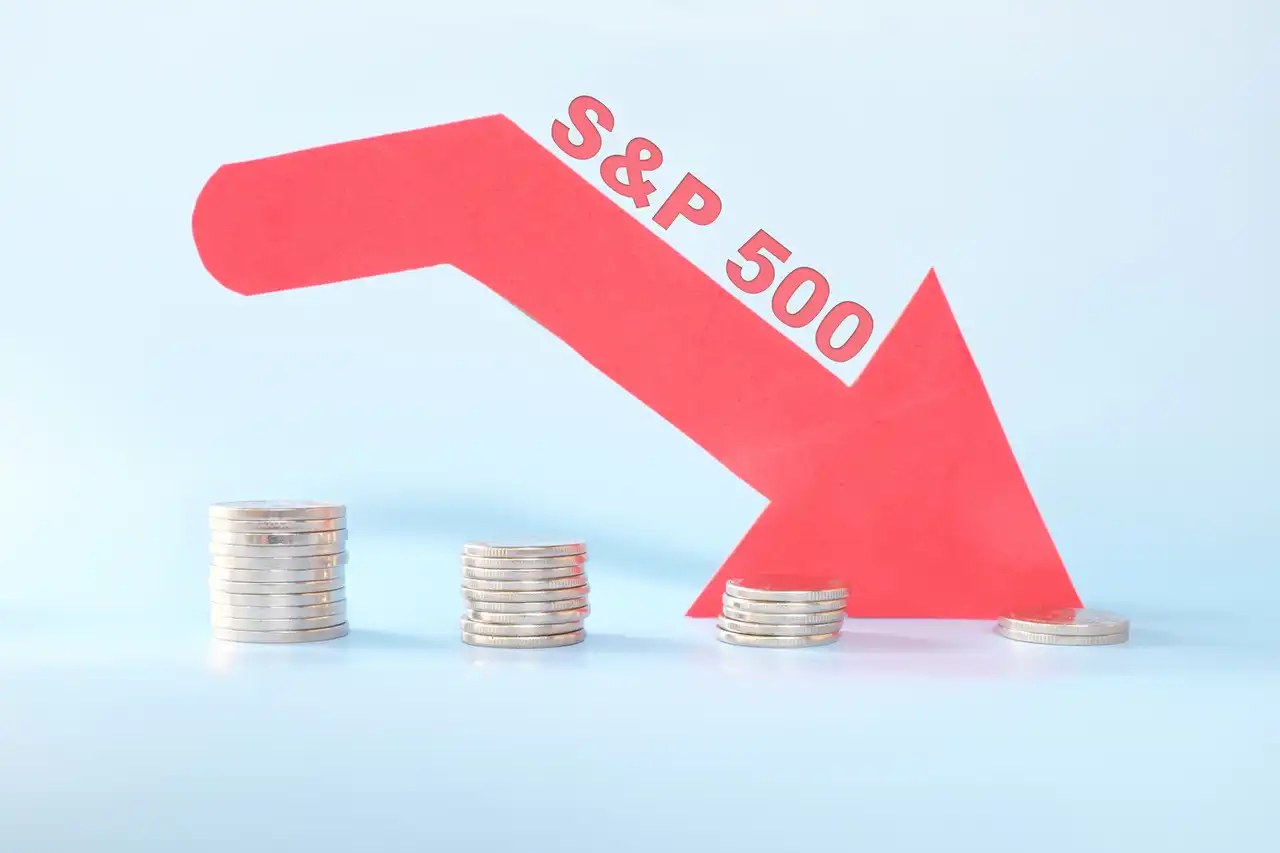Its Ripple Effect highlights the importance of periodic rebalancing as markets shift.
The recent surge in ride-hailing giant Uber’s stock to a new 52-week high precedes its highly anticipated debut in the S&P 500 index on December 18th, underscoring the company’s soaring valuation of approximately $127 billion (the largest U.S. company not currently in the index).
A Pivotal Milestone for Uber
This impending addition to the index – which undergoes quarterly rebalancing – signifies a remarkable milestone for Uber, solidifying its position as a pivotal player in the market. Uber’s compliance with the stringent criteria required for inclusion in an index tracked by trillions of dollars worth of funds speaks volumes about its expanding influence, market stability, and substantial market capitalization.
Wall Street & Main Street Ramifications
However, the ramifications of Uber’s inclusion extend far beyond the confines of Wall Street, resonating deeply with Main Street within the investment portfolios and retirement accounts linked to S&P 500-tracked funds. The automatic purchase of Uber stock by these funds and portfolios upon its index debut has the potential to significantly impact its stock price, already evidenced by a notable 10% surge since the initial announcement on December 4th, placing its shares tantalizingly close to their previous all-time high reached in February 2021.
S&P 500 Rebalancing Dynamics
The S&P 500, a comprehensive representation of the US stock market’s largest companies, undergoes periodic rebalancing to ensure its fidelity as an accurate market barometer. The process occurs quarterly and involves meticulous evaluations by the S&P Dow Jones Indices committee, considering crucial factors such as market capitalization, corporate earnings, and liquidity.
Companies failing to meet these criteria face removal, while those aligned with the benchmarks secure coveted spots in the index, as witnessed during the most recent rebalance, where Uber, Jabil, and Builders FirstSource ascend to the S&P 500, displacing Sealed Air, Alaska Air, and SolarEdge Technologies.
Significance of Rebalancing Events
The significance of such rebalancing events cannot be overstated, marking substantial liquidity movements within the stock market. With an estimated $13 trillion tied to the S&P 500, these transitions hold immense weight, particularly during the year-end when trading volume diminishes as traders depart for the holiday season.
Rebalancing Matters
The dynamic shift in funds and market dynamics during rebalancing emphasizes the importance of recalibrating portfolios and investments in alignment with such market shifts, elucidating the crucial role of periodic rebalancing in navigating the ever-evolving landscape of financial markets.
This process underscores the pivotal role of rebalancing in maintaining market equilibrium and reflects the intertwined nature of major indices with global investment strategies. The ripple effects of Uber’s entry into the S&P 500 serve as a prime example, highlighting the need for investors to reevaluate their portfolios regularly, embracing the ever-shifting market dynamics to optimize financial positions and harness opportunities arising from such significant market shifts.











